Koyasan – Mount Koya – is the sacred centre of the Shingon Buddhism in Japan. Settled in the year 819 by the great monk Kukai, this holy mountain is registered by UNESCO as a World Heritage Site, a good enough reason for anyone to visit.
To get to Mt Koya there is about 100 minute train ride from Namba station in Osaka followed by a very steep cablecar up the picturesque mountainside.
It soon becomes apparent that Koyasan is also a holy place for the Nankai train/bus company as this is where they appear to send all of their elderly buses to live out their twilight years. 15 minutes in an old rattler gets us to Fukuchi-in monastery where we are staying for the next few days.
Our visit is at the end of winter, it’s cold and the snow has just begun to melt. One advantage of this time of year is the absence of the usual hoards of tourists. The disadvantages are of course it’s pretty bloody cold outside and several pathways along the cemeteries are closed due to ice and snow.
We can highly recommend a stay at Fukuchi-in monastery, the hospitality is as warm as the onsen and the food excellent (actually our primary reason to visit Koyasan).
We visit the head temple of the Shingon faith called Kongobuji and wander around the Garan complex nearby.

The start of the walk to Okuno-in, which houses the mausoleum of Kukai – founder of the Shingon school of Buddhism
Later with freezing hands and feet we take a bus up to Okunoin which is where Kukai is said to be in eternal meditation.
There is a forest of ancient cedar trees and graveyards organised by the names of families and even corporations. There are familiar names such as UCC and Nissan amongst the stones. It seems that Shingon Buddhism is popular with Japan’s leaders and captains of industry.
There is so much history on this mountain you can’t help but stumble across something significant. Just up from Fukuchi-in is the Tokugawa mausoleum. Two identical gold clad buildings pay tribute to Tokugawa Ieyasu and Tokugawa Hidetada.
Koyasan is a popular place for healing with many stories told of miraculous recoveries from chronic illness after a visit to the holy mountain.

Bronze statues of Jizo, Fudo and Kannon. Worshippers place wooden strips in front of the statues and pour water over them to pray for their deceased loved ones.
Maybe it’s because I am not of the Buddhist faith or it could have been the biting cold, but the mountain didn’t have a particularly holy feel for me. There is one thing I can say though … After two nights on Koyasan I feel stronger and much more refreshed than when I arrived.

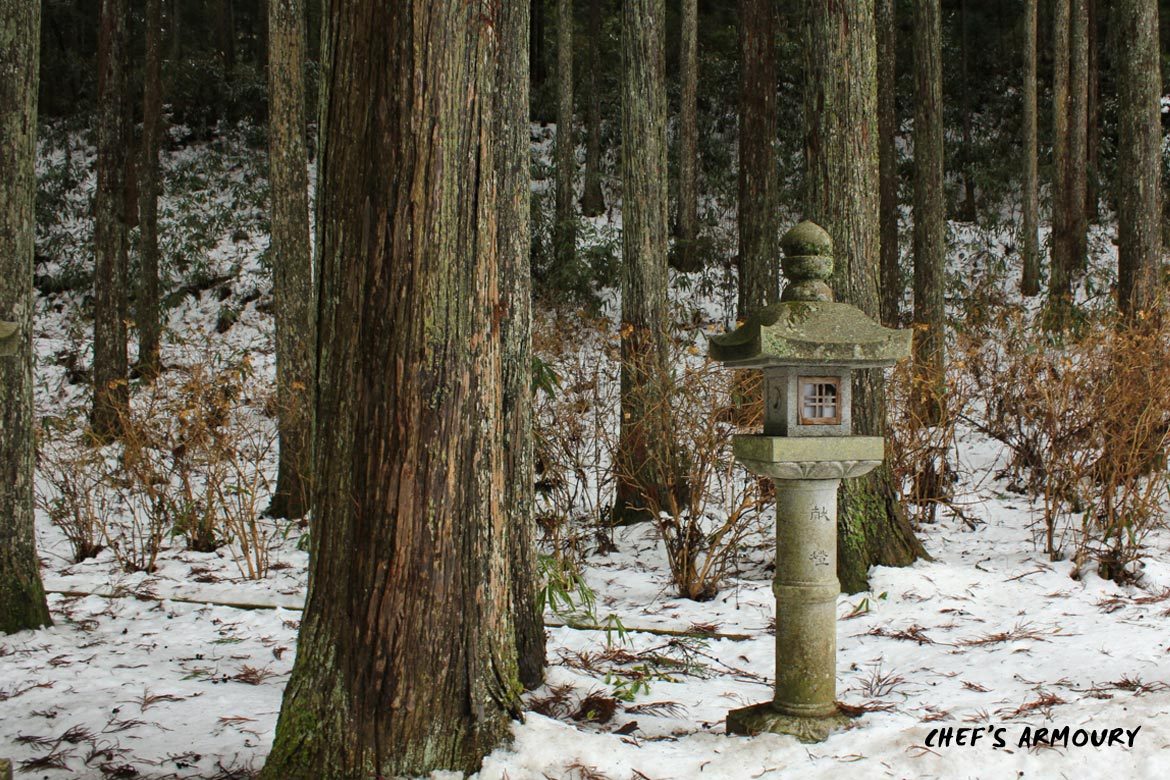
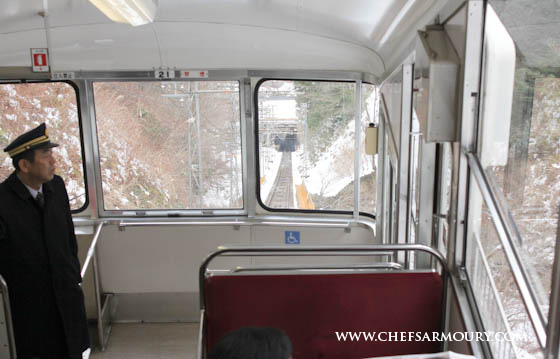


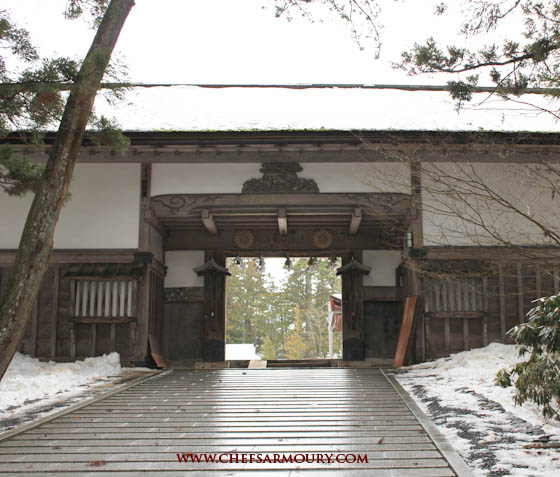
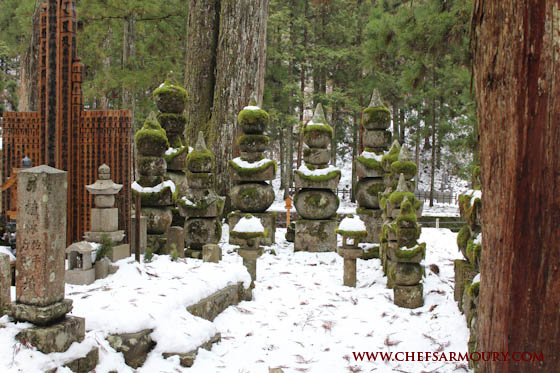

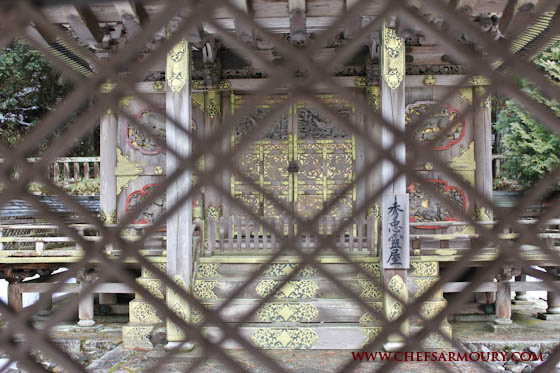
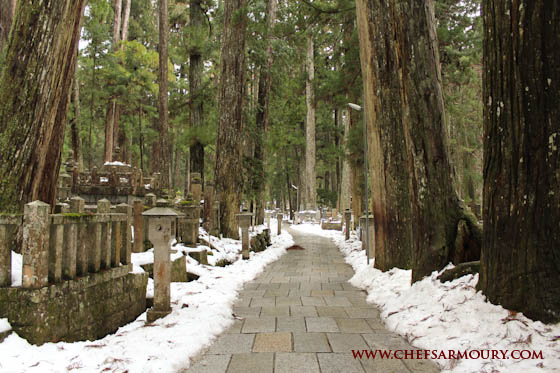

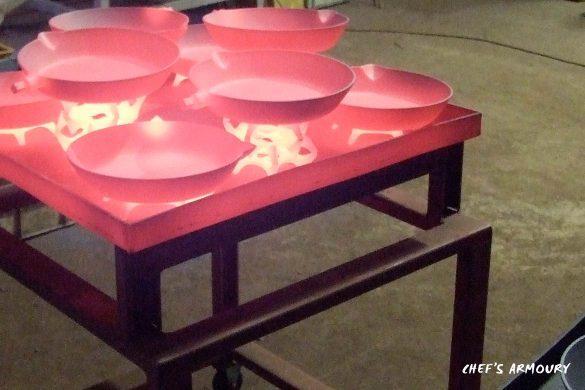
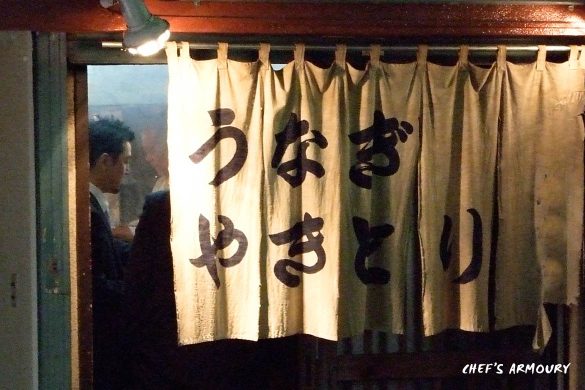

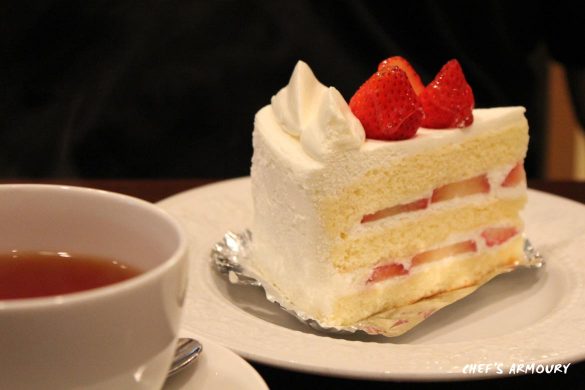
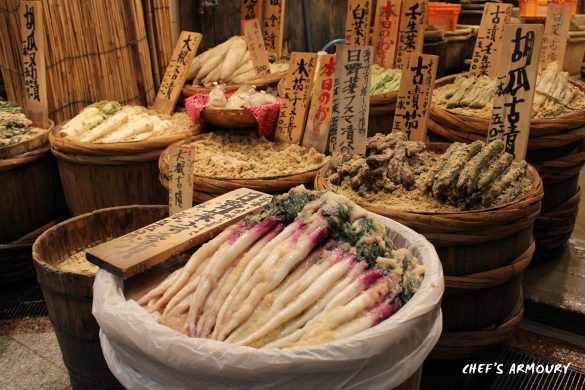
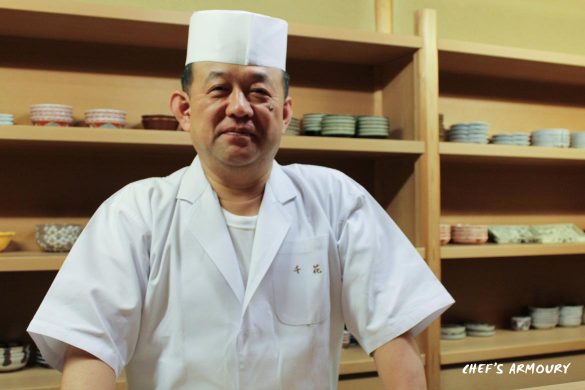
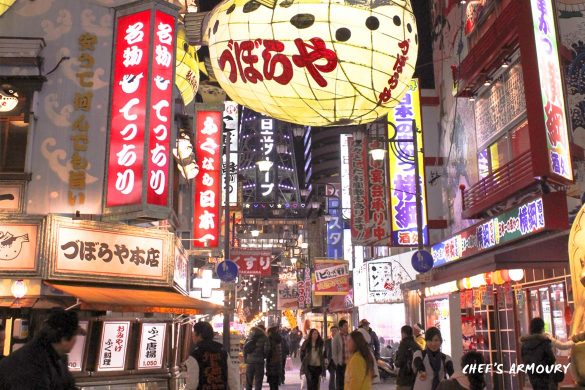
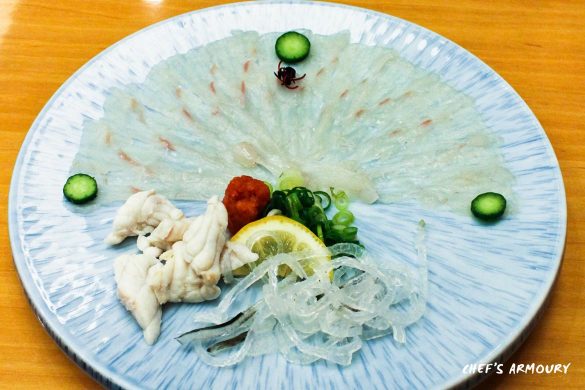

1 Comment
We were there in late February, beautiful place. Nice place to chill out and relax before heading to Tokyo.